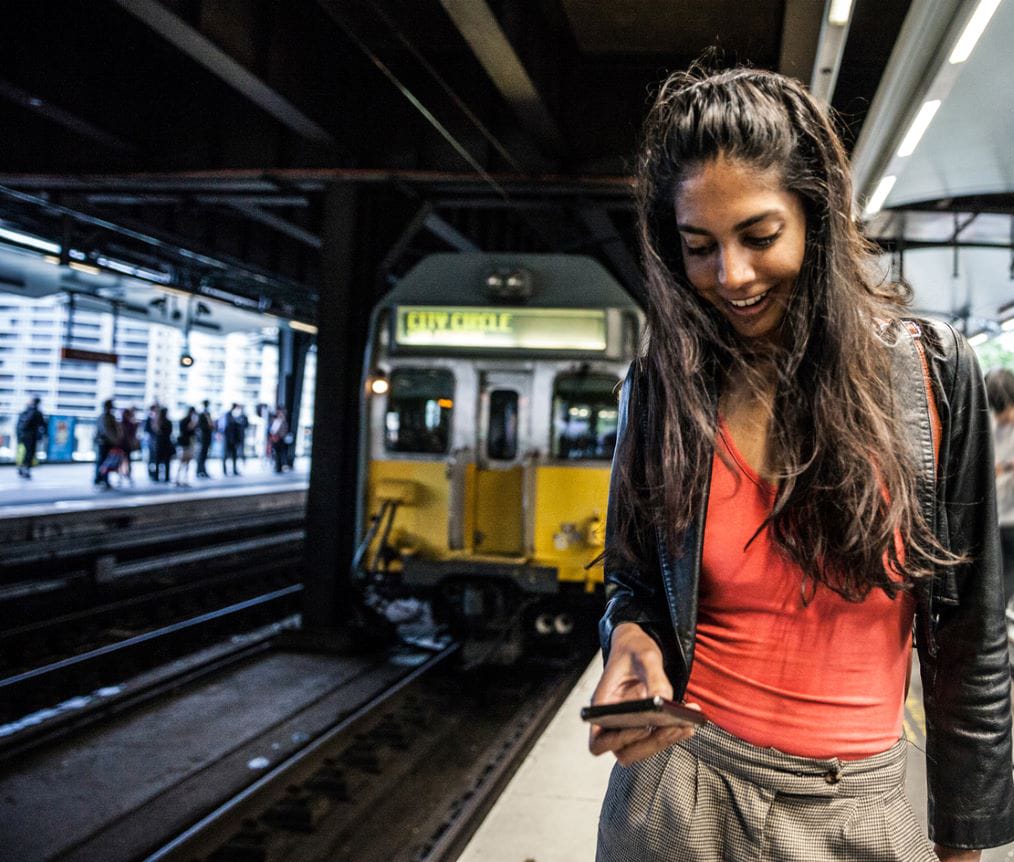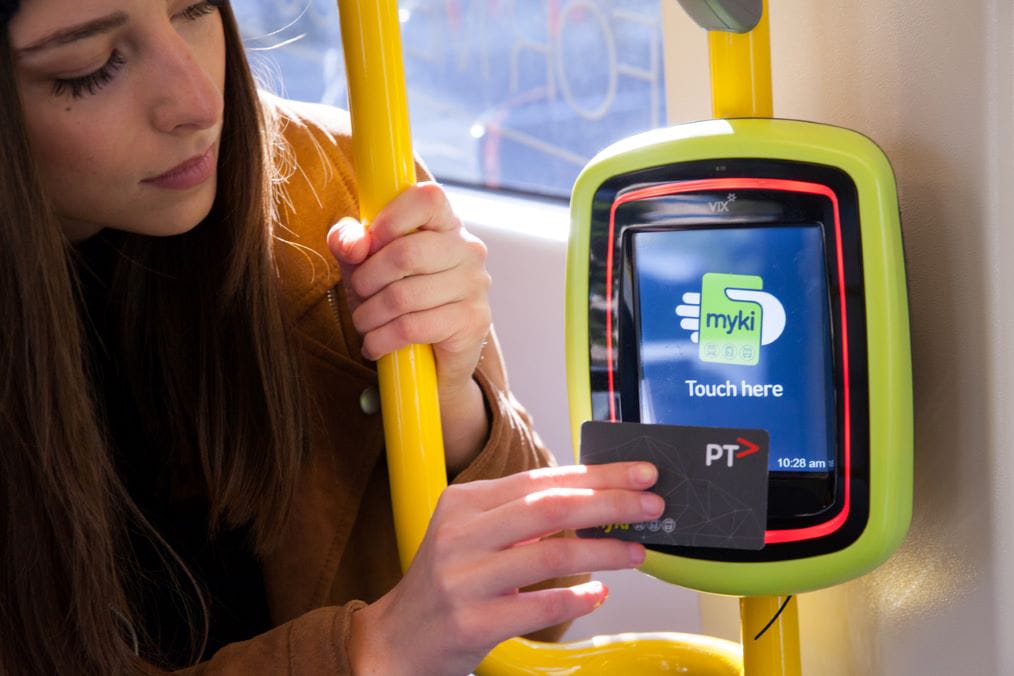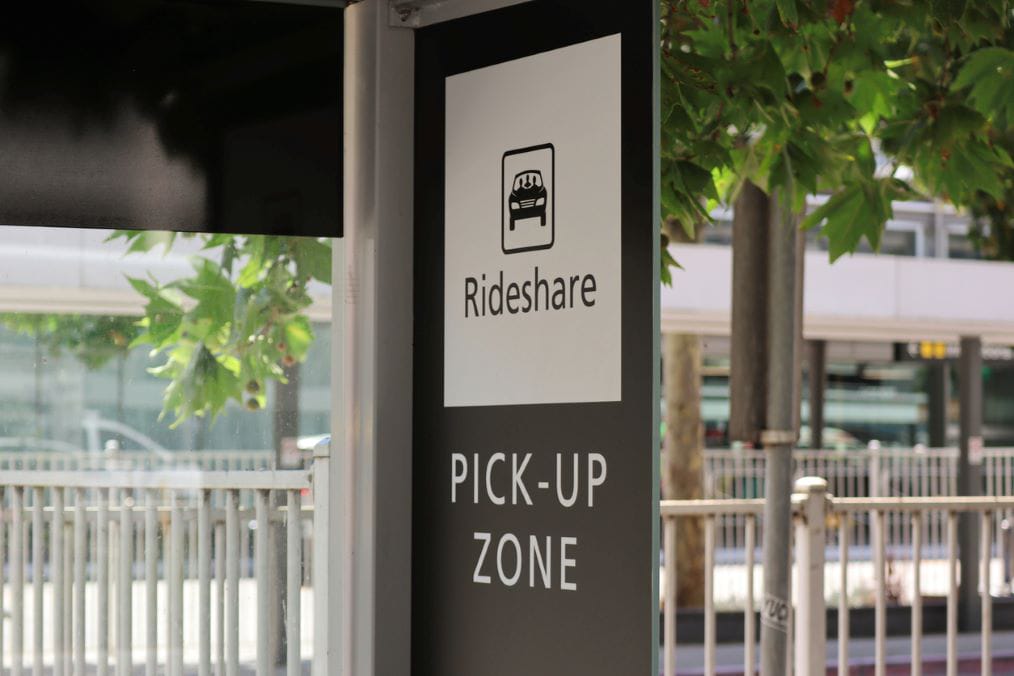Public transport in Australia

How to access public transport in Australia
Most of the major cities now use electronic or pre-paid cards instead of paper tickets. The catch is that each city uses a different card for their public transport systems.
Here is a guide to the public transport networks in each capital city in Australia:
Brisbane - Translink Go Card; used on trains, trams, buses and ferries
Melbourne - myki; used on trains, trams and buses
Sydney – Opal Card; used on trains, trams, buses and ferries
Adelaide – Metro Card; used on trains, trams and buses
Perth – SmartRider; used on trains, trams and buses
Hobart - Metro Greencard; used on buses
Canberra - MyWay; used on buses
Darwin – Tap & Ride Card; used on buses
Many cities also offer tap and go contactless payments using a credit or debit card. These currently include Sydney, Brisbane, Melbourne and Canberra.
Where to buy a prepaid transport card
Depending on which city you arrive in when you reach Australia, you may be able to purchase a card at a ticket window at the Domestic or International airport train stations. Depending on the city, you can also buy the cards at vending machines, convenience stores, such as 7-Eleven, newsagents, bus stations, train stations, ferry piers, pharmacies and supermarkets.
If you’re an international student in Australia, you may be able to get a student concession card, which allows you to get discounted fares on public transport. Check your local transport authority to find out if student concession cards are available and how to apply.
What are the benefits of using a prepaid transport card?

There are plenty of good reasons to invest in a prepaid transport card. Paper tickets are in decline, and drivers and ticket booth operators are discouraging the exchange of cash. Here are some other reasons to grab a card soon after arriving in Australia:
Safety and hygiene on public transport in Australia
Australia’s public transport systems are very well maintained and provide safe, clean services for customers. The systems are heavily regulated to ensure customers can rely on a high standard of facilities. In Australia, it wouldn’t be possible to see a train overloaded with passengers hanging out the windows or sitting on the roof, such as the case in other countries.
The trains, buses, trams and ferries are modern and comfortable (mostly air-conditioned). The stations and terminals are looked after and monitored with 24-hour CCTV. Uniformed and plain-clothed security guards patrol stations and terminals and at times, also ride on the vehicles to ensure the safety of all.
Hygiene is essential and operators of public transport in Australia must follow strict hygiene measures to ensure the health and safety of passengers at all times. This includes cleaning and sanitising all surfaces regularly. Passengers are advised to practice good hygiene and maintain physical distancing whenever possible when using public transport to limit the spread of disease.
Smartphone apps to help use public transport
Most transit authorities in Australia offer a smartphone app to help you find your way around the city using public transport. The apps allow you to access service updates (cancelled, rescheduled or late services), find out estimated arrival times, learn where to find your closest bus stop, train station, pier or light rail stop, and plan your journey from wherever you are to wherever you need to go.
You can also access public transport information using Google Maps.
Public transport on public holidays
Other options to consider - taxis and rideshare services

Cabs, also known as taxis, have a comprehensive network in Australia. You’ll find a taxi at all typical locations such as airports, hotels, train stations, city centres, shopping centres, hospitals and most tourist destinations.
You can catch a taxi simply by waving it down, lining up in a taxi rank or by calling ahead to pre-book a taxi to pick you up from a designated location.
It’s important for overseas visitors to note that in Australia, taxi fares are not negotiable and are not paid for upfront. The fee on the meter at the end of the trip must be paid in full.
There are many rideshare options available in Australia, such as Uber and DiDi. Rideshare services usually require a customer to sign up and register before using their services. You will usually need to use an app on your smartphone to organise your trip. The fare is automatically deducted from the bank account nominated at the time of signing up.
Like most countries, public transport in Australia is the cheapest option for getting around, especially if you have a student concession card. However, at times, it may be quicker and more convenient to catch a taxi or rideshare option.
Whatever your choice of transport, be assured that in Australia it is designed to be efficient, comfortable and safe.
If travelling by train, bus, ferry or tram be sure to purchase your pre-paid card soon after arriving in Australia so that you can take advantage of every possible discount.
